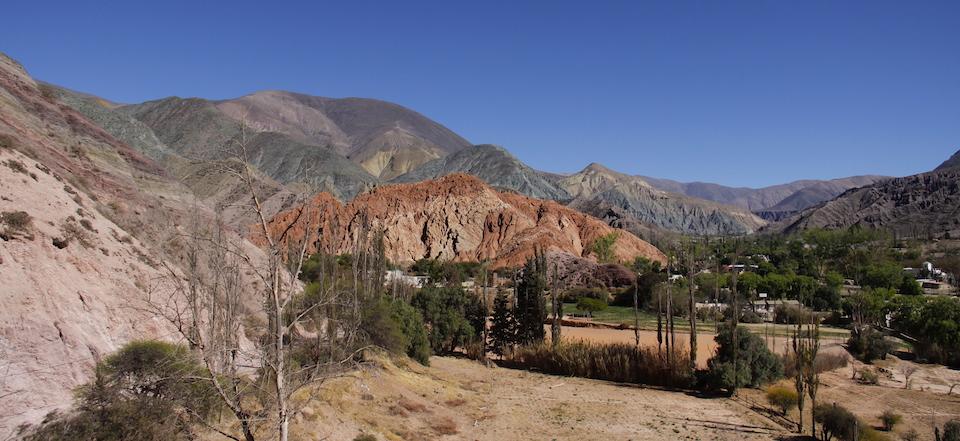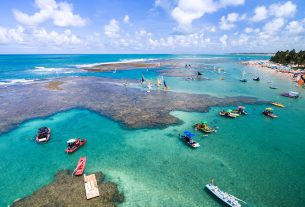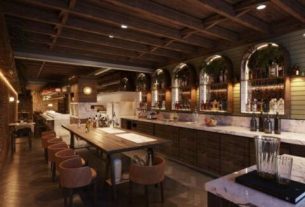It’s difficult to walk through the streets of Buenos Aires and not hear our old Portuguese. However, the crowd of Brazilians who invade the city of Buenos Aires every weekend have not yet discovered the wonders of northern Argentina. Over there, we are much rarer figures, unlike Europeans.
To help you discover the most incredible corners of this area that is still little explored, we put together this complete guide to destinations and itineraries in Northern Argentina.
Read too:
• Travel tips for Salta and Jujuy
• Where to stay in Quebrada do Humahuaca
• What to do in Salta, Argentina
• Where to stay in Salta: tips on hotels and regions
What it is, where it is and the map of Northern Argentina
The north of Argentina – in reality, it is the northwest according to the local political division – is made up of the provinces of Salta, Jujuy, Tucumán, Catamarca, La Rioja and Santiago del Estero. It is part of a region known as the Andean Altiplano, the largest plateau in South America, which also involves parts of Chile, Bolivia and Peru.
The location is not the only thing that this region shares with its neighbors: it has its own culture, a mix of Spanish influence with the living tradition of the indigenous peoples native to the Andes, remarkable gastronomy and landscapes full of colors and contrasts typical of that region, the north of Argentina provides a completely different travel experience from the rest of the country.
The region is between 3,000 and 4,000 meters above sea level (which, believe me, is quite a lot) and has an arid climate. The landscape, dominated by earthy tones, surprises at every turn with a new colorful mountain (due to the presence of minerals), giant cacti (known as cardones), roads that wind between the mountains, salt deserts, villages lost in time and even wineries and snowy peaks.
Best time to visit northern Argentina
The months of December, January, June and July have the most extreme temperatures, as they are the high summer or winter seasons. Summer is usually rainy and winter is dry.
For this reason, The best time to travel to the north of Argentina is between February and May and between August and November. I went in September and the temperature was very pleasant, it was a little cold in the morning and at night, but it warmed up a little during the day; the weather was always clear and the sky was beautiful.
Travel insurance for Argentina
Taking out travel insurance is essential in Argentina and on any trip. No matter how close it is to home, it is best to travel protected so as not to suffer from unforeseen events. Here are some reasons and tips on how to pay less than 10 reais per day on insurance, with a discount coupon!
What to include in your itineraries in northern Argentina: main destinations
The main tourist destinations in northern Argentina are:
- Salta
- Cafayate
- Quebrada das Conchas
- Persimmons
- Los Cardones National Park
- Great Salt Flats
- Purmamarca
- Tilcara
Salta
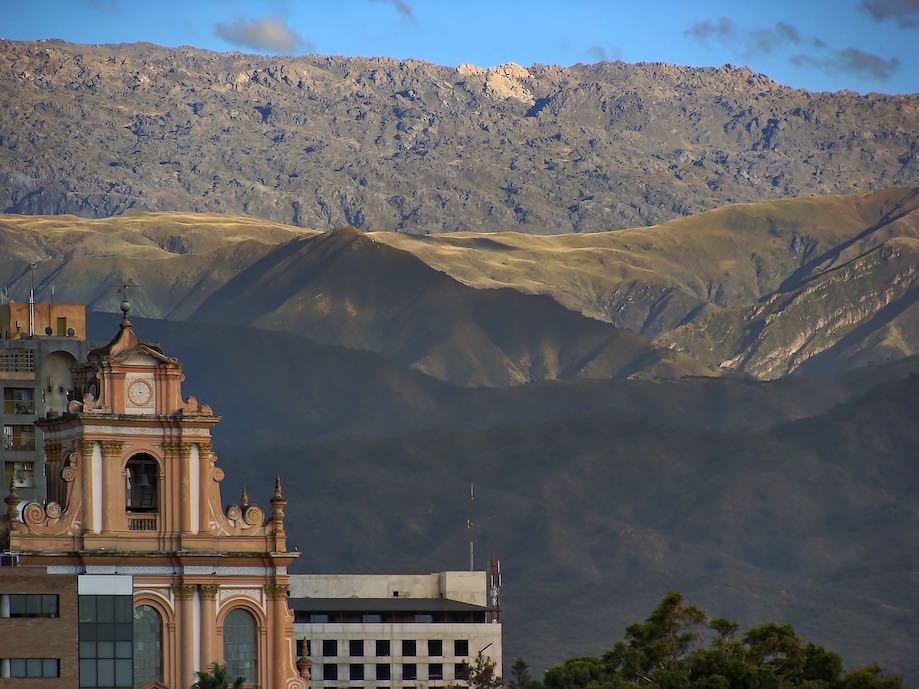
Capital of the Argentine state of the same name, Salta is a beautiful colonial city located close to the Andes Mountains, in a place called Lerma Valley. If the imposing mansions recall the city’s rich and prestigious past, nature takes care of the rest: the place is surrounded by parks, mountains, deserts and other natural beauties.
As it is also a cultural hub in the north of Argentina, this is an excellent gateway to Andean culture in the country, its traditions and gastronomy. For all these reasons, Salta is the most popular choice as a base for travelers exploring the region.
From there, it is possible to hire numerous agencies that organize trips lasting one or more days to the nearest attractions. There is also a good range of hotels and restaurants, as well as bars and nightclubs and the city itself has many historic buildings and charming streets to explore. Be sure to take a walking tour there: click here to secure your spot in advance and not miss anything!
See the complete guide on what to do in Salta.
Some recommended hotels in Salta:
Quebrada das Conchas
Also known as Quebrada de Cafayate, Quebrada das Conchas is a desert that was once sea. The place is full of brightly colored mountains and curiously twisted rock formations, forming a raw, arid landscape with an extraterrestrial feel. It is not without reason that this is considered one of the most striking roads in the country.
Cafayate
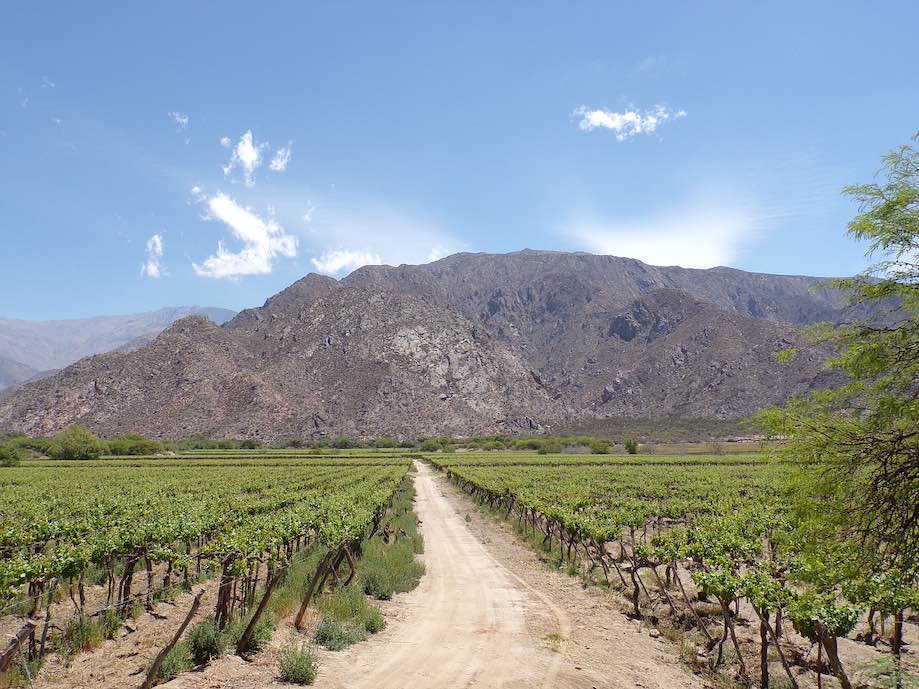
Located 180 kilometers from Salta, Cafayate It stands out for its peaceful atmosphere of a small country town, its famous wine production and the beautiful arid landscapes in its surroundings. On route 68, which leads to Quebrada das Conchas, one of the most beautiful roads in the country, this village is a little-known surprise in northern Argentina. Read more about Cafayate and Quebrada das Conchas.
Some recommended hotels in Cafayate:
Cachi eo Los Cardones National Park
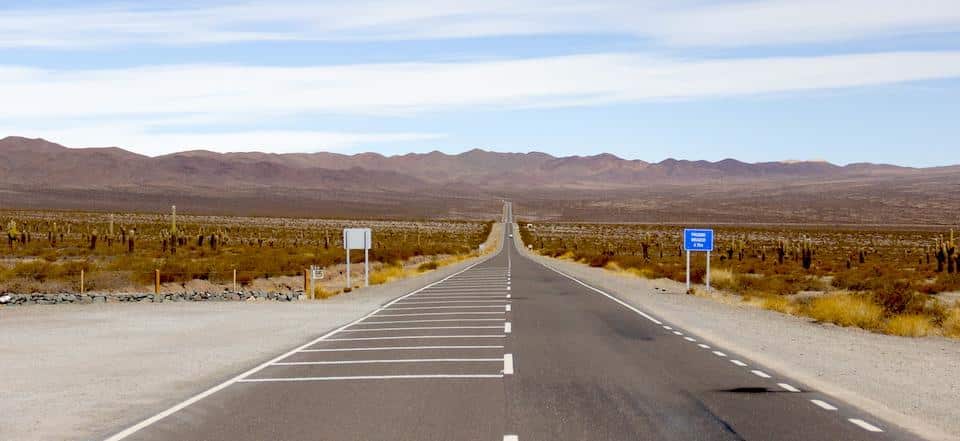
Cachi is 100 kilometers from Salta and 1100 meters above the provincial capital. This small village of 5 thousand inhabitants is high in the mountains. The way there offers some of the most incredible views in the region and an unforgettable adventure through a park full of giant cacti.
O day trip to Cachipassing through the famous road Cuesta del Obispo, one of the most beautiful in the countryand for the fantastic Los Cardones National Park, is the one that involves shorter distances from Salta. But as the route requires climbing around 2,000 meters, be prepared to spend a lot of time on the bus (and chew coke). It is worth it. Read our full text about Cachi eo Los Cardones National Park.
Tilcara
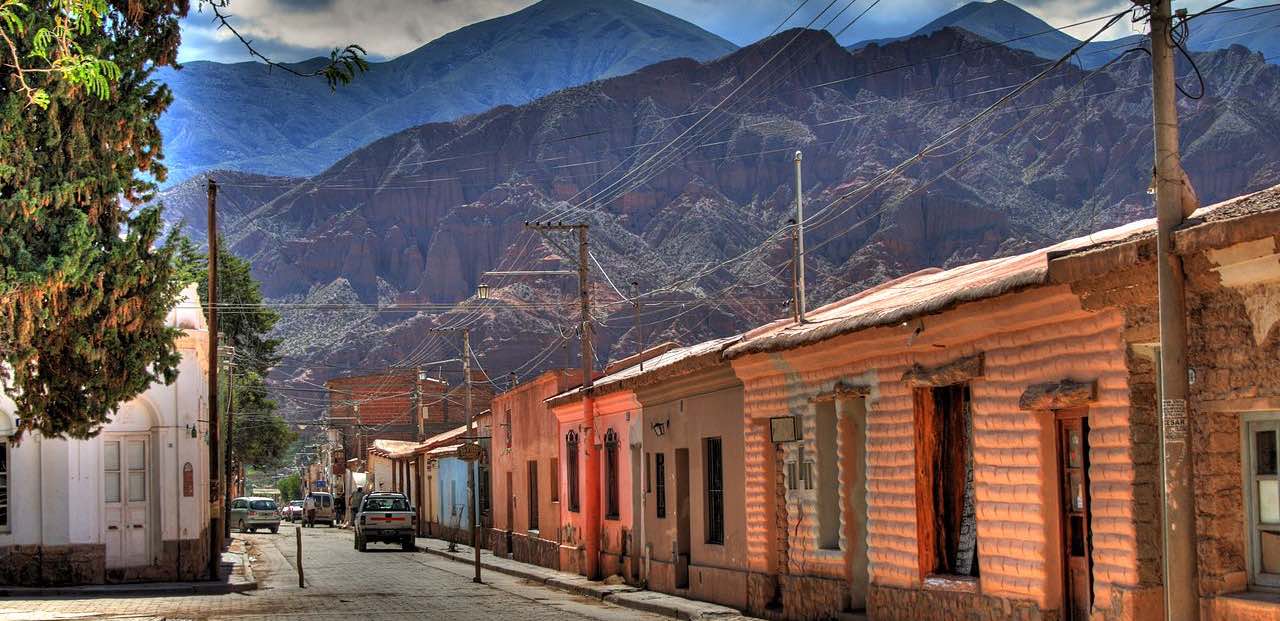
Located 84 kilometers from San Salvador de Jujuy, capital of the province of Jujuy, Tilcara is part of the Quebrada del Huamahuaca route, a valley full of arid and stunning landscapes, colorful mountains and small towns lost in time.
Tilcara is the best base option for those who have more time in the region and want to explore Quebrada das Conchas at leisure. Although tours are possible from Salta, the distances there are long and day trips can be quite tiring.
Therefore, if you have six days or more, the ideal is to split your stay between the two cities. Read more about what to do in Tilcara.
Find more hotels in Tilcara
If you prefer, you can search for available AirBnB apartments in Tilcara! The city also has excellent prices for this type of accommodation!
Great Salt Flats
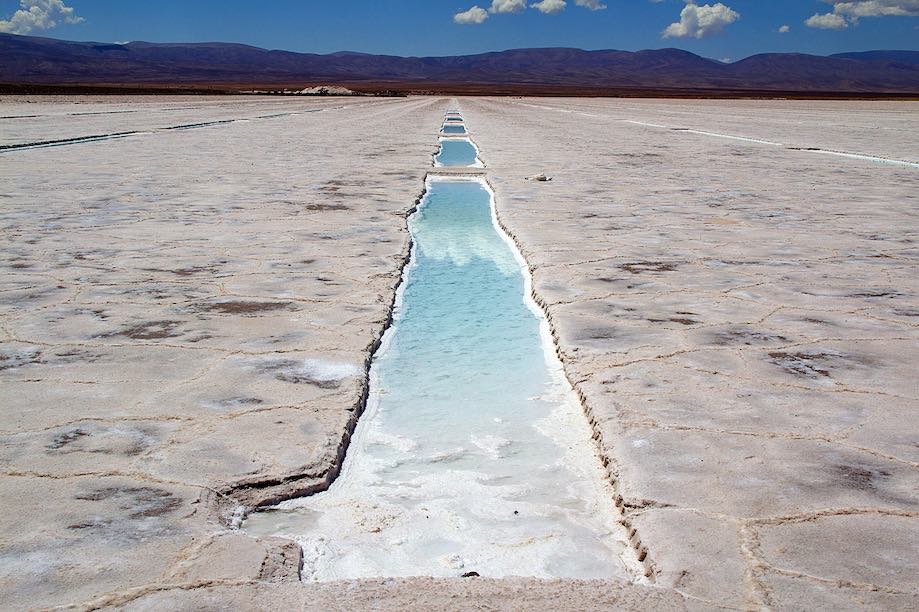
The Salinas Grandes are the second largest salt flat in the world, behind only the Salar de Uyuni, in Bolivia. Although it is in the province of Salta, it is closer to Purmamarca or Tilcara, and can be visited on a day trip from any of the three cities. Read more about Salinas Grandes here.
Hill of Seven Colors in Purmamarca
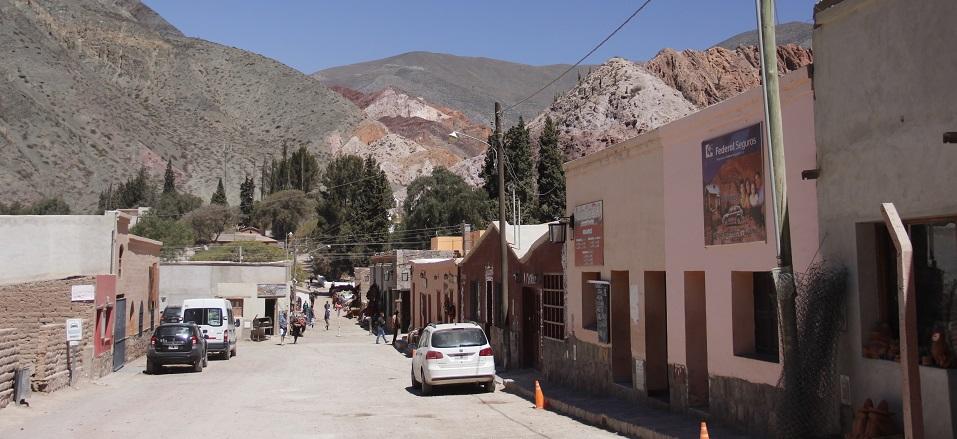
Purmamarca is in the province of Jujuy, 65 kilometers from the capital San Salvador de Jujuy and 22 kilometers from Tilcara. The village of two thousand inhabitants is made up of small adobe houses framed by Cerro de Siete Colores, a colorful mountain that is the village’s main attraction and one of the most famous postcards in northern Argentina.
Purmamarca is part of the Quebrada de Purmamarca and is often also considered part of the Quebrada del Humahuaca. Read the full city text here.
Some of the recommended accommodations in Purmamarca are:
Itinerary through northern Argentina: 5 to 9 days
- Journey 1: Arrival in Salta
- Journey 2: Explore the city’s main attractions, walking through the streets and colonial mansions, the 9 de Julho Square, the Salta Cathedral and the High Mountain Archeology Museumto see the three Inca Mumias of Llullaillaco. At night, take the opportunity to watch a traditional Norteña folkloric peña.
- Step 3: Day trip to Cachi, passing through Los Cardones National Park.
- Step 4: Day trip to Cafayate. Take the opportunity to taste the region’s wines at one of the city’s wineries. Be sure to stop on the way to see Quebrada das Conchas. If you have time, you can spend the night in Cafayate, to visit more wineries the next day before returning to Salta.
- Step 5: Day Trip to Salinas Grandes. If you hire an agency, you will probably have the opportunity to visit other places in the region, such as the La Polvorila bridge, where the Train to the Clouds passes, the old mining village of San Antonio de los Cobres and the friendly town of Purmamarca. Anyone traveling by car can make these stops on their own.
If your time is short, the trip ends here. Those who are staying longer can take advantage of the fact that they will already be halfway done and move to Tilcara, making the village the second base of the trip.
- Step 6: Purmamarca and Cerro de los Siete Colores. Don’t forget to visit the crafts fair and take a walk along Paseo de los Colorados.
- Day 7: Visit to Pucará de Tilcara in the morning. Enjoy the restaurants and the city’s atmosphere in the afternoon.
- Day 8: Departure back to Salta or other parts of the country.
Road Trip through northern Argentina: is it worth renting a car?
It can make your life easier, as tourist tours departing from Salta are rigid and bureaucratic. However, the roads there are not easy. In many sections, such as those leading to Cachi and Cafayate, you may have to face narrow roads and curves on the way up, not to mention the risk of suffering from altitude sickness.
If you choose this, we will indicate the RentCarswhich searches among the main rental companies and helps you find the best prices and rental conditions.
You can also try to do everything on your own, using public transport, bicycles and taxis, but it can be more complicated and even more expensive. Not to mention the hassle.
If you opt for agency tours, you can book the service in advance and have everything planned for your trip. There are several options for activities and local businesses here:
How much does it cost to travel in northern Argentina
I spent, on average, 40 dollars per day and per person, staying in double rooms in local and simple guesthouses. The budget allowed me to eat in restaurants many times, but for practicality and economy I ended up resorting to choripans (typical hot dogs from Argentina) and empanadas a few times. We took all the tours from Salta and they are, without a doubt, the item that weighs the most on the budget.
Sign up for our newsletter

Sign up for our newsletter and stay up to date with exclusive news
that can transform your routine!
Warning: Undefined array key "title" in /home/storelat/public_html/wp-content/plugins/link-whisper-premium/templates/frontend/related-posts.php on line 12
Warning: Undefined array key "title_tag" in /home/storelat/public_html/wp-content/plugins/link-whisper-premium/templates/frontend/related-posts.php on line 13

